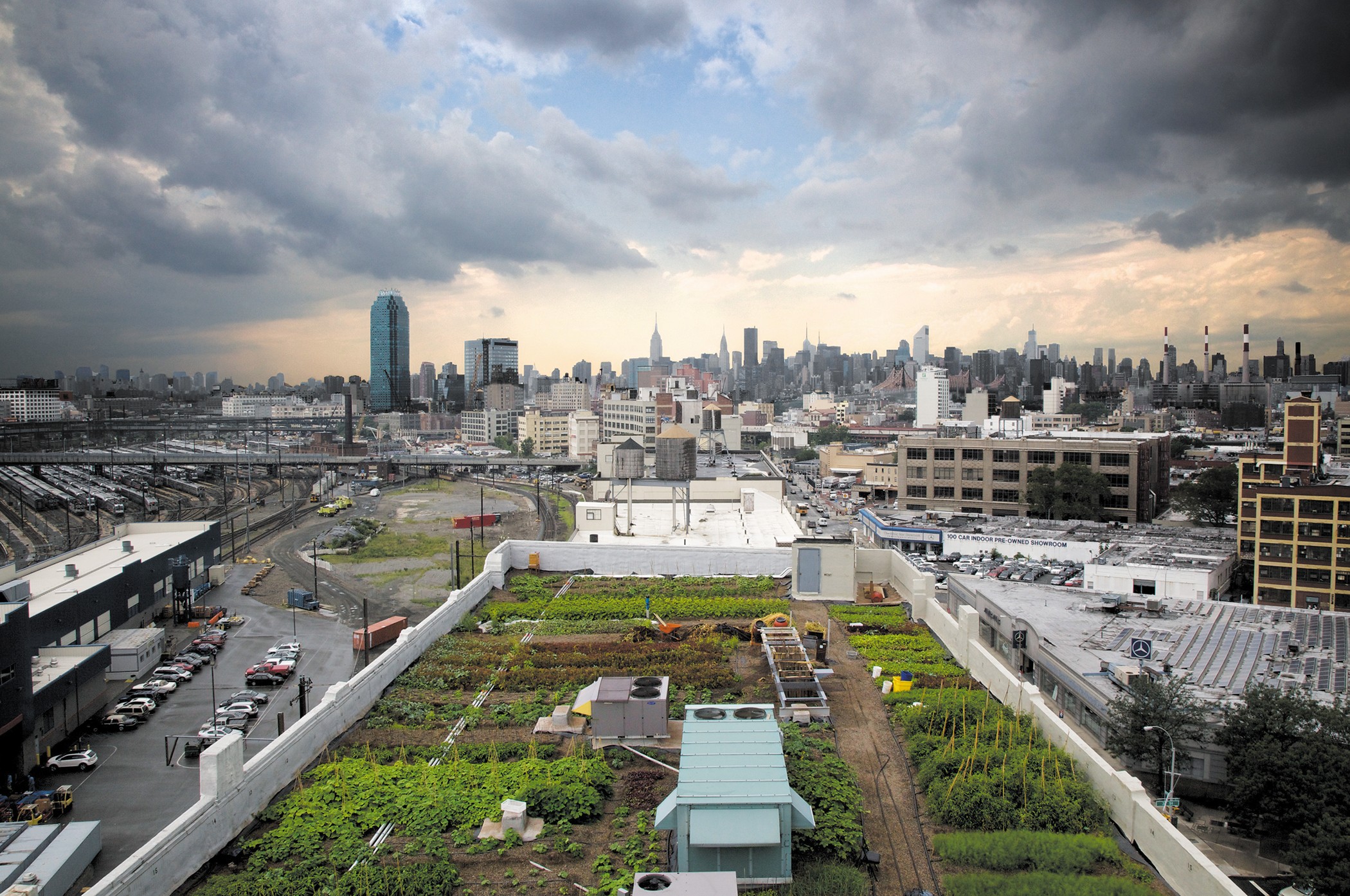Facts About City Blooming Uncovered
Facts About City Blooming Uncovered
Blog Article
Things about City Blooming
Table of Contents10 Simple Techniques For City BloomingThe Only Guide to City BloomingAll About City BloomingThe Of City BloomingAll about City Blooming
Interested in growing food for sale in the City of Chicago? Below is a listing of frequently asked questions pertaining to the policies and laws that cultivators should consider when planning an urban agriculture job.
The zoning change does not change any kind of various other codes handling composting, structure licenses, acquiring or leasing City had building, service licenses or environmental contamination. There are existing codes that control these issues and they continue to be in full impact and may be applicable to your project. Neighborhood yards are usually owned or handled by public entities, public organizations or community-based companies and preserved by volunteers.
Urban ranches expand food that is meant to be marketed, either on a not-for-profit or for-profit basis. Due to their industrial purpose, metropolitan farms need a business license. Yes. An area garden is allowed to offer excess create that was grown on website if the sales are accessory or secondary to the garden's primary purpose described above.
City Blooming Fundamentals Explained
Composting is allowed yet only for plant product that is produced and utilized on site. The amount of garden compost material can not exceed 25 cubic backyards at any type of provided time according to the standards in 7-28-715 of the City's Municipal Code. Yes. Due to the fact that the dirt at many new yard websites requires amending, garden compost, dirt, wood chips, or other products can be acquired to construct or enhance the expanding space - indoor plants.

If a building license is required then the hoophouse will certainly be taken into consideration an accessory building. You can discover even more concerning the structure license requirements by contacting the Division of Buildings. The 25,000-square-foot size restriction is meant to avoid a single neighborhood garden from dominating a given block or interfering with the block's existing residential or business character.
The limit does not apply to gardens found in Public Open Area (POS) districts. Can there be more than one community yard that is 25,000 square feet on a single block? Fence is not required, nonetheless, yards that have huge vehicle parking locations might be called for to install fencing or other landscaping features.
City Blooming Things To Know Before You Buy
B1 & B2 areas call for that all business usage activities be conducted inside. R areas limit business task. The regulations show the function and intent of the Zoning Code. Is fence required for city farms? Yes. Fences may be called for, along with landscaping and screening, for particular parking lot and outside work or storage space locations depending upon location and the specific activity happening.
Yes. Urban farms require structure authorizations and zoning authorizations prior to construction. Other forms of city review might be needed depending on particular frameworks, tasks, size, landscape design, licensing, public heath and stormwater management concerns. Many of these demands are recognized in the job layout or allowing process, however, the candidate may be responsible to separately determine specific licenses or permits that might be needed.
The Department of Company Matters and Customer Defense can aid determine the details type of company permit that's needed. Off street parking is required for the majority of industrial tasks in Chicago. The called for number of vehicle parking spaces is based on the number of employees functioning on site and not the square video of the growing room.
City Blooming - Truths

An urban ranch can sell compost product created on site, however, the operation should abide with the guidelines in 7-28-715 of the Chicago Municipal Code. Aquaponic systems are enabled inside on metropolitan farms in many zoning districts.
Approximately five hives or swarms of honey bees may be kept as an accessory use. Nevertheless, beekeepers must sign up with the Illinois Division of Agriculture. For more details concerning the recommended zoning modification you might speak to the Department of Housing and Economic Advancement, Bureau of Planning and Zoning at 312.744.8563.
, which takes location in rural areas at the side of residential areas.
Our City Blooming Ideas
It can involve a movement of organic growers, "foodies" and "locavores", that look for to form socials media based on a common principles of nature and area holism. These networks can create by method of official institutional assistance, coming to be incorporated right into regional town as a official statement "shift town" movement for lasting city growth.
The a lot more straight access to fresh veggie, fruit, and meat items that might be know through urban agriculture can boost food security and food security while reducing food miles, bring about lower greenhouse gas emissions, thereby adding to environment change mitigation. Some of the initial evidence of urban agriculture comes from Mesopotamia.
Report this page